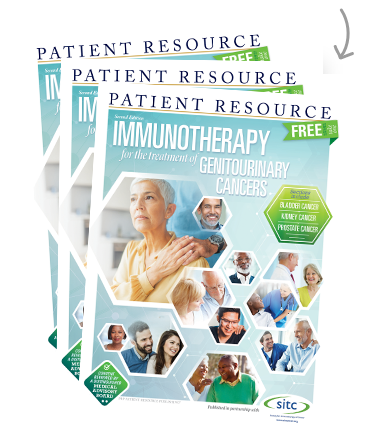Advanced Prostate Cancer
Bone health
Maintaining healthy bones is important for men with advanced prostate cancer because of the risk of osteoporosis with ADT and the high rate of bone metastases. Osteoporosis is the thinning of the bones that may lead to painful fractures from the simple act of standing and walking or as a result of a minor injury.
Bone pain is usually one of the first symptoms to occur once prostate cancer has spread to the bone. The first bones affected are usually the pelvic bones, the lower spine and the bones in the upper thigh. It’s important to tell your doctor about any bone pain you may be experiencing, not only so you can receive treatment to relieve the pain but because the presence of bone metastases may affect your treatment options.
Warning signs of bone loss include joint and back pain, arthritis-like symptoms, slouched posture, shorter stature, and broken or fractured bones.
Get tested
Doctors can monitor your bone health by using bone density scans, often called DEXA, which can be done before and during treatment to look for any changes. This will give your doctor a baseline bone density level for comparison over the course of treatment. The results show your doctor whether you have had bone loss and, if so, how extensive it is.
Other ways to help
When cancer has spread to the bone, radiation therapy to the site can shrink or eliminate the cancer, reduce pain and prevent fractures. If a fracture occurs or is imminent, surgery may be required to prevent serious consequences, such as compression of the spinal cord. You can also do several things to help prevent bone loss and fractures:
- Get enough vitamin D and calcium to help replenish bone mass and to prevent breakage. Ask your doctor about taking supplements and increasing your consumption of certain foods (such as yogurt or milk) that can boost your bone strength.
- Ask about bisphosphonates, which are bone-strengthening medications that can delay bone disease, reduce pain and prevent fractures.
- Exercise to build muscle mass and to protect your bones. Start slowly with doctor-approved activities such as walking, running, lifting weights or swimming.
- With your doctor’s permission, look into massage, meditation or acupuncture to promote healing and relieve discomfort. Also, let the practitioner know your condition and what medications you’re taking so he or she can plan your treatment accordingly.
- If bone pain persists, find a pain management specialist and ask about the following medications to control pain: analgesics, opioids and narcotics. These drugs have their own side effects and dosage instructions, so make sure that you’re taking them as prescribed.
In addition, be aware of activities that may be harmful to your bones. Avoid drinking alcohol or smoking. Both can lower the rate of bone production and increase the rate of bone loss—a dangerous combination. Also, don’t be careless. Take necessary precautions to avoid falls and injuries. Keep your house well-lit inside and out, wear nonskid shoes, get glasses if needed, and practice yoga or ballet to improve coordination and balance.
Finally, don’t ignore your symptoms. Deal with pain immediately, and always communicate any changes to your doctor right away.



